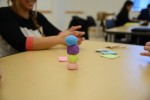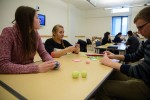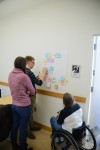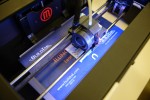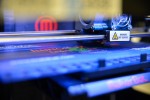In this week’s class we had two guest speakers from Design for America who led a workshop on design thinking. They started out with a fun icebreaker activity to get us in the sort of unconfined mindset that is needed for the designing process. We were given the problem of distracted driving. After the brainstorming session, we as a group came up with very similar ideas. One of which was a virtual windshield.
I found that this sort of thinking process allows for the mind to have creative freedom and flow easily from one thought to another, however absurd or out there that thought may be. It’s like what Sahil was saying that even the most outlandish ideas can be narrowed down to something more realistic. I am so grateful for having experienced this workshop and getting to see what a small group of people can come up with in just a couple hours to solve a problem that is so prominent in today’s society. Three hours earlier I did not think that I would be making a prototype for a virtual windshield out of cardboard boxes, pipe-cleaners, but DFA’s creative process brought us to think outside the box.
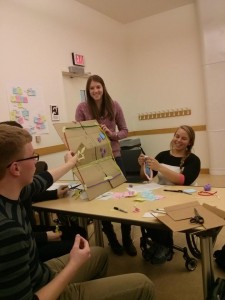
For the future, I plan to continue using this method in my own design process. This workshop excited me for what is to come in the future and what kinds of changes in technology will come about 5-20 years from now. Maybe by then we will have solved the problem of distracted driving by this crazy thing called self-driving cars.


